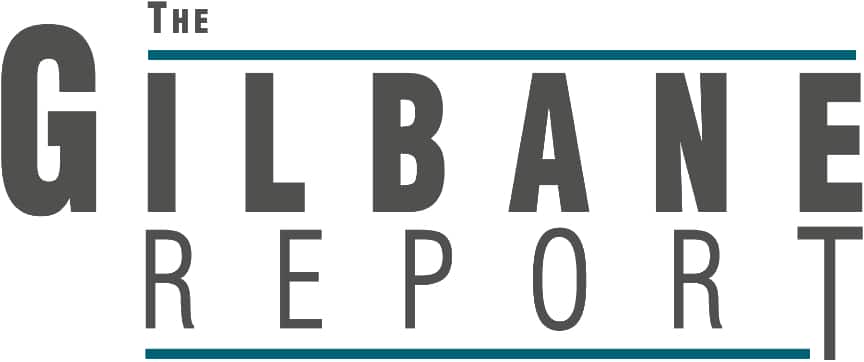Adobe announced the end of development for PhoneGap and PhoneGap Build and the end of their investment in Apache Cordova. The PhoneGap Build service will be discontinued on October 1, 2020. PhoneGap’s goal has been to bring the full power of the web to mobile applications and enable mobile developers to create performant apps with a single codebase. Since the project’s beginning in 2008, the market has evolved and Progressive Web Apps (PWAs) now bring the power of native apps to web applications. PWAs are increasingly bridging the gap between web and native mobile apps through capabilities such as offline support, push notifications, home-screen icons and full-screen view control without the need for containers. In the context of these developments and declining PhoneGap usage, Adobe is focusing on providing a platform that enables developers to build, extend, customize and integrate with Adobe products.
Apache Cordova, the open source fork of the PhoneGap project will continue to exist and offers a great pathway for most developers. Refer to the Cordova getting started guide for building locally as an alternative to PhoneGap Build and using Cordova-based tools as an alternative to the PhoneGap-specific workflows. Adobe has worked with Ionic to help customers with the transition experience and to enable them to continue to build their applications in the cloud. Refer to this documentation for best practices on moving your application to Ionic Appflow. There are also a number of alternative products to which you may want to consider migrating your PhoneGap app including:
- Monaca (refer to their PhoneGap Migration Guide) & Onsen UI (front-end UI framework)
- Framework
- NativeScript
- Ionic Capacitor
- Progressive Web Apps
https://blog.phonegap.com/update-for-customers-using-phonegap-and-phonegap-build-cc701c77502c




